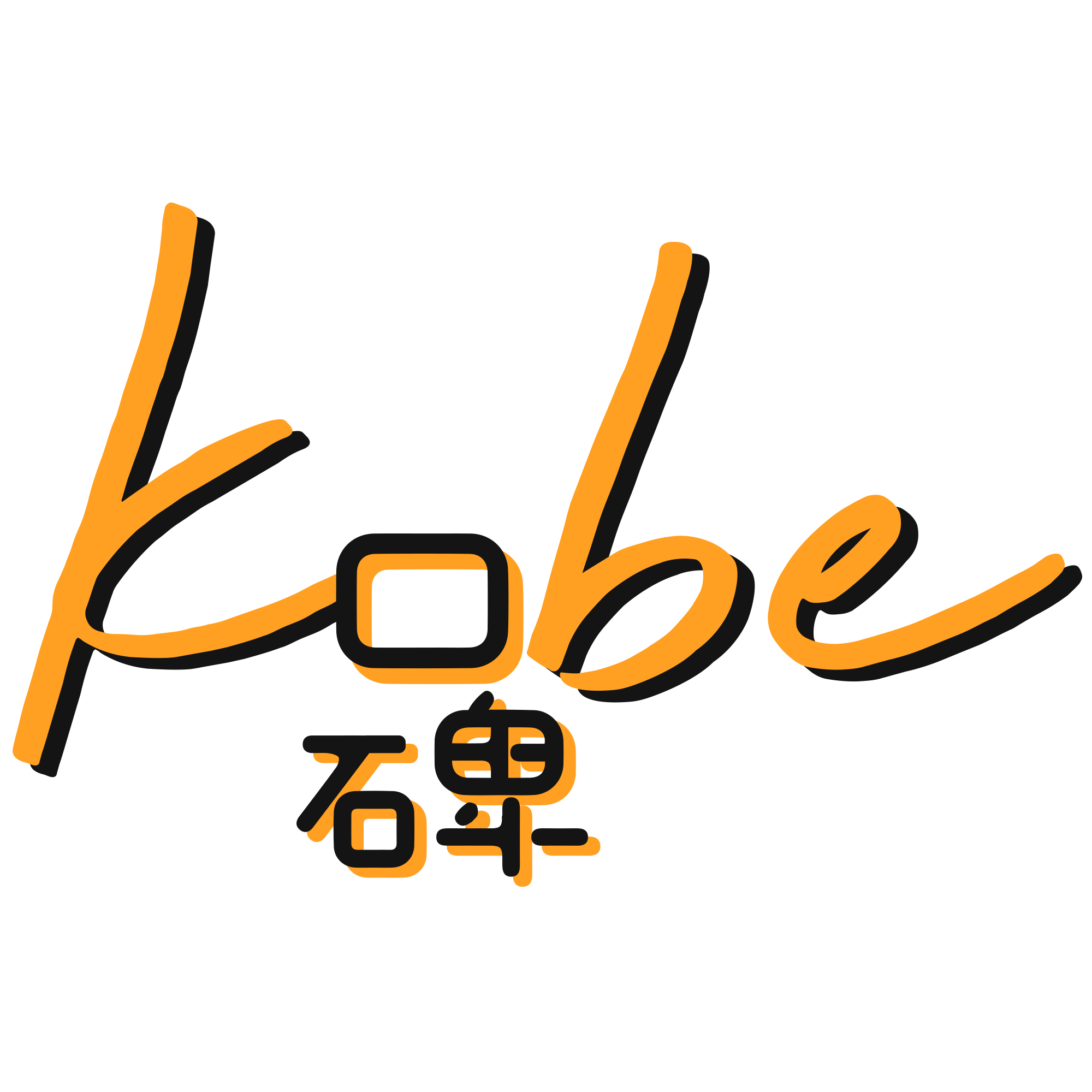In the bustling streets of Shanghai, where fashion and trends collide, there’s a digital secret weapon Xiaohongshu, China’s social commerce. It’s your new go-to for all things style and fun. It’s like a magical place where stories of fashion, beauty, and adventure come to life. Here, millions of folks gather to share their latest finds and favorite looks, creating a buzz that’s hard to resist. From trendy outfits to skincare tips, Xiaohongshu is where dreams meet reality with just a tap. With millions of users, marketing on Xiaohongshu has become a major player in China’s social media and e-commerce landscape. This article will later explore our Xiaohongshu case studies, illustrating its significance.
Xiaohongshu serves as a vital platform for brand exposure, engagement, and sales. Hence the China’s social commerce boasts a large user base and significant influence on consumer trends. Xiaohongshu provides brands a direct way to reach and engage with Chinese shoppers, especially younger ones. Its combined content creation and online shopping features help brands display products well and boost sales.

Xiaohongshu’s main features include User-Generated Content (UGC), where users share their experiences and tips. For example, in 2021, Xiaohongshu users popularized Düsseldorf as a travel spot, recommending local Chinese restaurants.
Xiaohongshu effortlessly blends social media with shopping, allowing users to find, read reviews, and purchase products all in one place. Marketing on Xiaohongshu also promotes international shopping, featuring global items not commonly available in China. Additionally, it serves as a platform for influencers and experts to share advice. Xiaohongshu aids brands in reaching a wider audience and impacting buying decisions.
Navigating China’s Dynamic Consumer Market with Xiaohongshu Case Studies
The Chinese consumer market is one of the largest and most dynamic in the world. A rapidly growing middle class, urbanization, and increasing disposable income are the main causes of the dynamic. With over a billion consumers, China’s social commerce offers immense opportunities for both domestic and international businesses across various industries.
E-commerce is crucial in this market, and mobile payments like WeChat Pay and Alipay are widely used. Chinese shoppers value brand reputation, authenticity, and social status. Therefore, marketing on Xiaohongshu has sparked increased interest in luxury items and top brands. Success in this vibrant and competitive market requires understanding local preferences, consumer behavior, and cultural differences.
 Our Xiaohongshu case studies with VivoCity illustrate how brands using influencer marketing to tap into diverse markets and communities. This approach enhances campaign effectiveness and engagement, showcasing the power of strategic partnerships on Xiaohongshu.
Our Xiaohongshu case studies with VivoCity illustrate how brands using influencer marketing to tap into diverse markets and communities. This approach enhances campaign effectiveness and engagement, showcasing the power of strategic partnerships on Xiaohongshu.
The campaign featured an array of influencers including @Vivian小辣椒在新加坡, @Nicole.Q妮小可, @Starry秋秋, @stormscape 尼克, @小欣 Kerryn, and @yoki是胶片控.
To measure effectiveness, Kobe analyzed the influencers’ average likes, saves, and comments from their posts. This analysis encompassed both paid and organic content, providing a comprehensive understanding of the influencers’ impact on marketing on Xiaohongshu.

Our Xiaohongshu case studies show that creators from Singapore, Malaysia, and Chinese expats in Singapore reach diverse markets. This diversity fosters broader engagement and resonance within the social commerce landscape. This also greatly boosted the growth of China’s social commerce.
Using a variety of influencers expanded the campaign’s audience, making sure it connected with different groups of people. This led to higher engagement levels for the campaign, showing how effective diverse influencers can be.
Xiaohongshu’s Unique Approach to Consumer Influence
Xiaohongshu diverges from traditional e-commerce models by using user-shared lifestyle experiences to influence consumption. This strategy, known as “grass-planting” or content seeding, emphasizes the platform’s unique approach to consumer engagement. More brands are thinking about using it for advertising because it leads to better results in converting customers. Successful grass-planting means checking how much and how well the brand is already known on Xiaohongshu.
Studying competitors helps find special selling points, which are important for making good campaigns. Afterward, test different strategies to enhance them before scaling them up. Lastly, brands create ads with a good atmosphere, strong pushes, and ways to help sales happen, all aimed at converting sales successfully.
Yet, as the platform becomes essential for new consumer brands, many face misunderstandings. These stem from not knowing platform rules, community dynamics, and advertising methods. That’s why it’s important to match product promotion with the platform’s style, focusing on positivity and attractiveness.
 It’s also important to grasp that the platform accepts a high level of return on investment (ROI). This matters because effective advertising often requires engaging with users many times over a period.
It’s also important to grasp that the platform accepts a high level of return on investment (ROI). This matters because effective advertising often requires engaging with users many times over a period.
Remember that it’s crucial to follow platform rules to avoid penalties that could lower visibility and effectiveness. After advertising, check how well the campaign did using different measures. These include volume data, reading data, user interaction data, note ranking, community effects, and conversion effects to fully evaluate its success.
In essence, marketing on Xiaohongshu offers brands a targeted audience of urban millennials and Gen Z. It enables user-generated lifestyle content for positive consumer influence. Through strategies like content seeding, brands achieve better conversion results compared to traditional ads, benefiting from the platform’s community-driven approach. Book a brief consultation with us here to learn more and help with your marketing.






